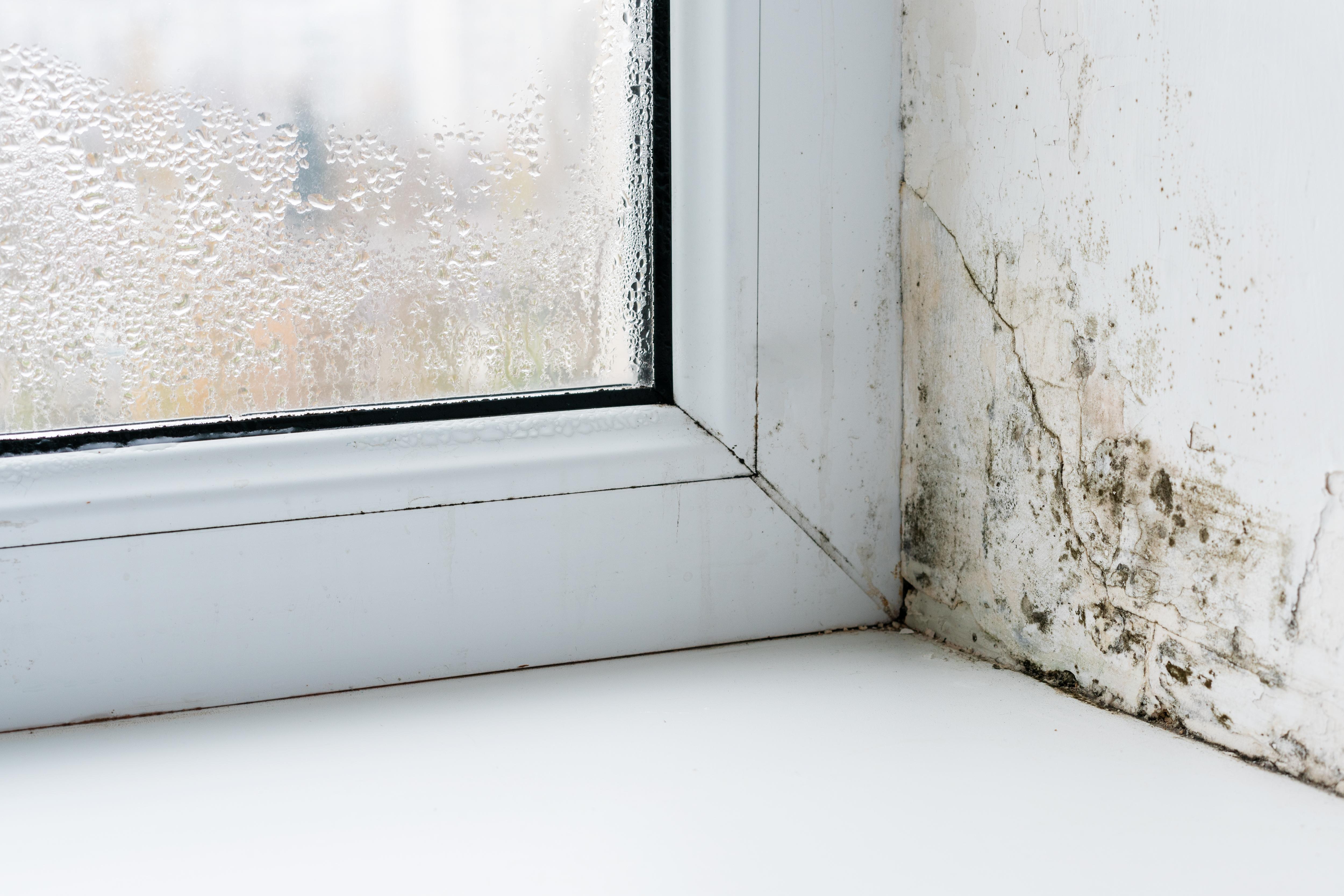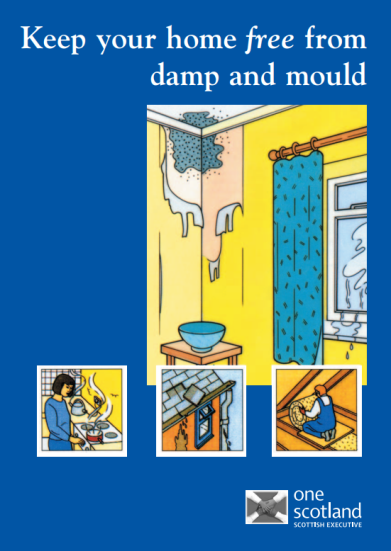
Preventing Damp & Mould
Although we all want our homes to be warm, it’s important to remember that a healthy home requires adequate steps to prevent damp and mould.
Many people have experienced issues with damp and mould in their property at some point. This can occur in all types of properties, including new builds and properties that are always kept warm. Mould growth can occur in various parts of the home, especially in the colder months. Most mould growth people will experience is likely to be the result of condensation.
What is condensation?
Condensation is the process where water vapor becomes liquid. It happens one of two ways: Either the air is cooled to its dew point or it becomes so saturated with water vapor that it cannot hold any more water.
Condensation moisture can be created by everyday living: cooking, showering and even breathing. It is present in the air all the time but only becomes visible when it comes into contact with a cold surface and you see the water droplets.
To help prevent condensation you can:
Ventilate your home: On dry days open some windows to allow humid air to ventilate out of the house. It is better to open a few windows a little throughout the whole house. This helps the air to move through the house. One window open wide in one room may not be as effective. Try to do this as often as possible (2-3 times a week), but keep windows closed on wet days as damp air may increase indoor humidity. Use trickle vents located on windows
Don’t seal or block extractor fans: these quickly remove damp air from moisture-dense rooms like kitchens, bathrooms and utility rooms.
Try to keep your home at a healthy temperature: On cold days try to keep indoor temperatures at least 18°C
Keep doors closed: This will prevent warm moist air travelling through the house and finding the colder surfaces.
Keep lids on pots while cooking: When cooking ensure that you cover your pans with a lid to reduce moisture being created from the water boiling
Think about the location of your furniture: Keep furniture away from walls to allow air circulation. Cool areas behind furniture will be high humidity areas conducive to mould growth. Open wardrobe doors regularly to promote air circulation.
Drying Clothes: try to avoid drying clothes in your home, if you must then do not dry over radiators, use a clothes stand, try to only dry in one room (consider the bathroom) if you can open the window and close the door to the room, this will help moisture escape outside and not into other rooms in the house.
For further information watch the video below or click the leaflet below for ways to keep your home free from damp and mould.

